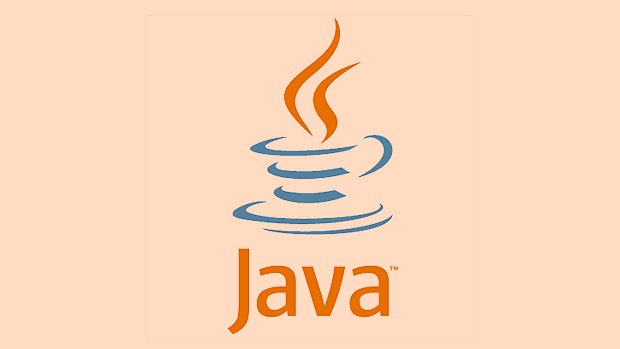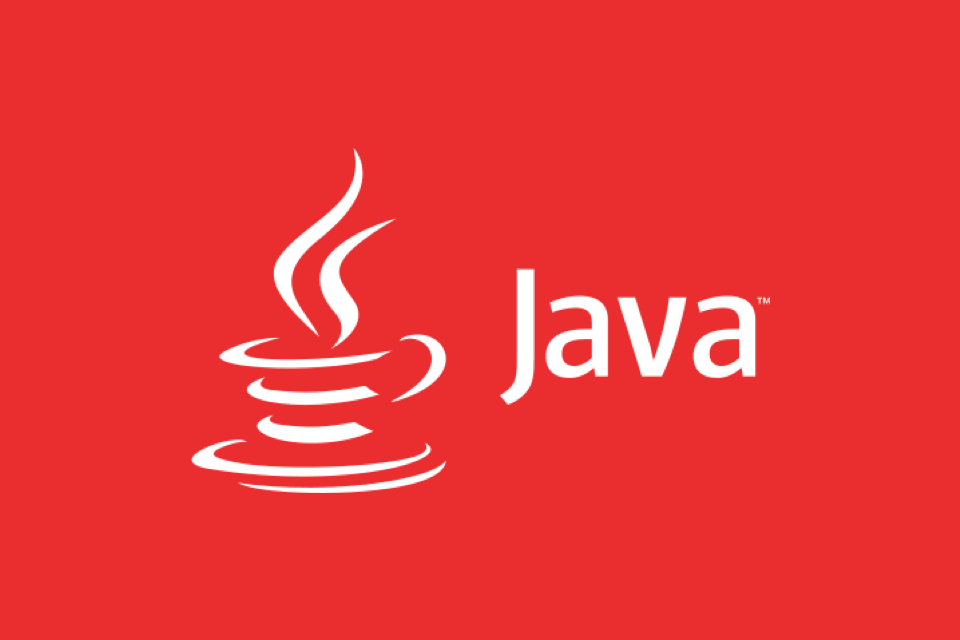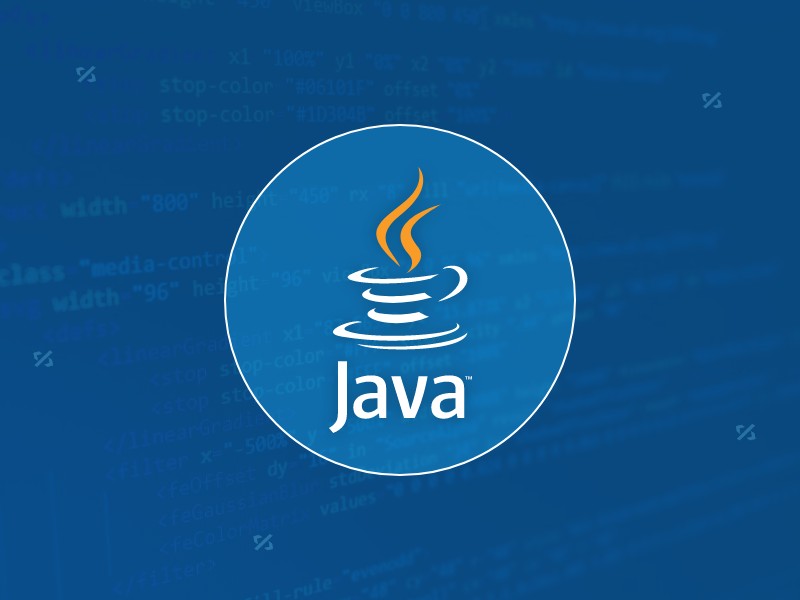How to handle exceptions properly in Java?
Jul 06, 2025 am 02:43 AMThe key to handling exceptions in Java is to get it right, handle it clearly, and not cover up the problem. First, we must catch specific exception types as needed, avoid general catches, and prioritize checked exceptions. Runtime exceptions should be judged in advance; second, we must use the log framework to record exceptions, and retry, rollback or throw based on the type; third, we must use the finally block to release resources, and recommend try-with-resources; fourth, we must reasonably define custom exceptions, inherit RuntimeException or Exception, and carry context information for easy debugging.

The key to handling exceptions in Java is to "acquire, handle clearly, and not cover up problems." Many people just try-catch when writing code, but really making good use of the exception mechanism can make your program more robust and easier to troubleshoot problems.

The following is based on several actual usage scenarios and talk about how to correctly handle exceptions in Java.

Identify the exception type, don't catch it in general
The exception system of Java is clearly divided, including checked exception and unchecked exception. Many newbies will write directly:
try {
// some code
} catch (Exception e) {
e.printStackTrace();
} The problem with this approach is that you don't know what's wrong, and you may also swallow some serious errors (such as OutOfMemoryError ).

? Suggestions :
- Catch specific exception types on demand, such as
IOException,SQLException, etc. - For runtime exceptions (such as
NullPointerException), try to make judgments in advance instead of relying on catch. - If you really need a guarantee, you can add a general catch at the end, but log the log and process it appropriately.
Example:
try {
// Read file} catch (FileNotFoundException e) {
logger.warn("The file does not exist, please check the path");
} catch (IOException e) {
logger.error("Error reading file", e);
}Exceptions need to be handled, not "printed"
Many people only call e.printStackTrace() after writing catch block, thinking that exception handling will be completed. In fact, this is just outputting the standard error stream, which is almost useless for online systems.
? Suggestions :
- Use log frameworks (such as Log4j, SLF4J) to record exception information to facilitate subsequent troubleshooting.
- Decide whether to retry, rollback or notify the upper layer based on the exception type.
- If it is currently unavailable, it should be thrown or encapsulated and thrown, allowing the caller to handle it.
Example:
try {
// Database operation} catch (SQLException e) {
logger.error("Database operation failed", e);
throw new MyCustomException("DB error occurred", e);
}Don't ignore the role of finally
The finally block is used to perform cleanup work, such as closing resources, releasing locks, etc. Even if there is a return or an exception is thrown in try or catch, the code in finally executes.
? Suggestions :
- All resources that need to be released (such as IO streams, database connections) should be placed in finally blocks.
- Java 7 supports try-with-resources writing, and it is recommended to use it first.
Example:
try (FileInputStream fis = new FileInputStream("file.txt")) {
// Read content} catch (IOException e) {
// Handle exception}
// fis is automatically closed, and does not need to be manually handled in finallyUse custom exceptions reasonably
Sometimes the exception types provided by JDK are not enough to express the business meaning, so you need to customize the exception.
? Suggestions :
- Custom exceptions should inherit
RuntimeExceptionorExceptionand decide whether to force processing. - The exception name should be meaningful to facilitate the positioning of problems.
- You can carry additional information (such as error codes, context data) to help debug.
Example:
public class UserNotFoundException extends RuntimeException {
public UserNotFoundException(String message) {
super(message);
}
}Exception handling is not a simple "try-catch", but a guarantee of the robustness of the program. After mastering these basic techniques, you will find that the code is not only clearer, but also easier to locate when something goes wrong.
Basically all this is not complicated but easy to ignore.
The above is the detailed content of How to handle exceptions properly in Java?. For more information, please follow other related articles on the PHP Chinese website!

Hot AI Tools

Undress AI Tool
Undress images for free

Undresser.AI Undress
AI-powered app for creating realistic nude photos

AI Clothes Remover
Online AI tool for removing clothes from photos.

Clothoff.io
AI clothes remover

Video Face Swap
Swap faces in any video effortlessly with our completely free AI face swap tool!

Hot Article

Hot Tools

Notepad++7.3.1
Easy-to-use and free code editor

SublimeText3 Chinese version
Chinese version, very easy to use

Zend Studio 13.0.1
Powerful PHP integrated development environment

Dreamweaver CS6
Visual web development tools

SublimeText3 Mac version
God-level code editing software (SublimeText3)

Hot Topics
 Selecting Specific Columns | Performance Optimization
Jun 27, 2025 pm 05:46 PM
Selecting Specific Columns | Performance Optimization
Jun 27, 2025 pm 05:46 PM
Selectingonlyneededcolumnsimprovesperformancebyreducingresourceusage.1.Fetchingallcolumnsincreasesmemory,network,andprocessingoverhead.2.Unnecessarydataretrievalpreventseffectiveindexuse,raisesdiskI/O,andslowsqueryexecution.3.Tooptimize,identifyrequi
 What is the `enum` type in Java?
Jul 02, 2025 am 01:31 AM
What is the `enum` type in Java?
Jul 02, 2025 am 01:31 AM
Enums in Java are special classes that represent fixed number of constant values. 1. Use the enum keyword definition; 2. Each enum value is a public static final instance of the enum type; 3. It can include fields, constructors and methods to add behavior to each constant; 4. It can be used in switch statements, supports direct comparison, and provides built-in methods such as name(), ordinal(), values() and valueOf(); 5. Enumeration can improve the type safety, readability and flexibility of the code, and is suitable for limited collection scenarios such as status codes, colors or week.
 Applying Semantic Structure with article, section, and aside in HTML
Jul 05, 2025 am 02:03 AM
Applying Semantic Structure with article, section, and aside in HTML
Jul 05, 2025 am 02:03 AM
The rational use of semantic tags in HTML can improve page structure clarity, accessibility and SEO effects. 1. Used for independent content blocks, such as blog posts or comments, it must be self-contained; 2. Used for classification related content, usually including titles, and is suitable for different modules of the page; 3. Used for auxiliary information related to the main content but not core, such as sidebar recommendations or author profiles. In actual development, labels should be combined and other, avoid excessive nesting, keep the structure simple, and verify the rationality of the structure through developer tools.
 What is the JDK?
Jun 25, 2025 pm 04:05 PM
What is the JDK?
Jun 25, 2025 pm 04:05 PM
JDK (JavaDevelopmentKit) is a software development environment for developing Java applications and applets. It contains tools and libraries required to compile, debug and run Java programs. Its core components include Java compiler (javac), Java runtime environment (JRE), Java interpreter (java), debugger (jdb), document generation tools (javadoc) and packaging tools (such as jar and jmod). Developers need JDK to write, compile Java code and develop with the help of IDE; without JDK, Java applications cannot be built or modified. You can enter javac-version and java-version in the terminal
 VSCode debugger for Java setup guide
Jul 01, 2025 am 12:22 AM
VSCode debugger for Java setup guide
Jul 01, 2025 am 12:22 AM
The key steps in configuring the Java debugging environment on VSCode include: 1. Install JDK and verify; 2. Install JavaExtensionPack and DebuggerforJava plug-in; 3. Create and configure the launch.json file, specify mainClass and projectName; 4. Set up the correct project structure to ensure the source code path and compilation output are correct; 5. Use debugging techniques such as Watch, F8/F10/F11 shortcut keys and methods to deal with common problems such as class not found or JVM attachment failure.
 How do I use try, catch, and finally blocks to handle exceptions?
Jun 28, 2025 am 02:23 AM
How do I use try, catch, and finally blocks to handle exceptions?
Jun 28, 2025 am 02:23 AM
Use try-catch-finally to effectively handle exceptions to ensure the stable operation of the program. 1. The trick block wraps the code that may be wrong; 2. The catch block catches and handles exceptions, and the specific exceptions should be caught first and then the general exceptions should be caught; 3. The finally block will be executed regardless of whether an exception occurs, which is suitable for resource cleaning. Avoid errors such as empty capture, excessively broad catch, large-scale try blocks, and using exceptions for regular processes. In addition, some serious errors such as OutOfMemoryError cannot be caught and processed. Mastering this structure can help improve program robustness.
 How do I set up VS Code for Java development?
Jun 29, 2025 am 12:23 AM
How do I set up VS Code for Java development?
Jun 29, 2025 am 12:23 AM
To use VSCode for Java development, you need to install the necessary extensions, configure the JDK and set up the workspace. 1. Install JavaExtensionPack, including language support, debugging integration, build tools and code completion functions; optional JavaTestRunner or SpringBoot extension package. 2. Install at least JDK17 and verify through java-version and javac-version; set the JAVA_HOME environment variable, or switch multiple JDKs in the status bar at the bottom of VSCode. 3. After opening the project folder, make sure the project structure is correct and enable automatic saving, adjust the formatting rules, enable code checking, and configure the compilation task to optimize the opening.
 Windows search bar not typing
Jul 02, 2025 am 10:55 AM
Windows search bar not typing
Jul 02, 2025 am 10:55 AM
When the Windows search bar cannot enter text, common solutions are: 1. Restart the Explorer or computer, open the Task Manager to restart the "Windows Explorer" process, or restart the device directly; 2. Switch or uninstall the input method, try to use the English input method or Microsoft's own input method to eliminate third-party input method conflicts; 3. Run the system file check tool, execute the sfc/scannow command in the command prompt to repair the system files; 4. Reset or rebuild the search index, and rebuild it through the "Index Options" in the "Control Panel". Usually, we start with simple steps first, and most problems can be solved step by step.






